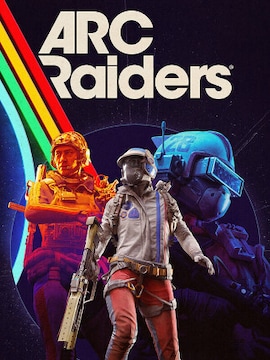Side-scrolling is a classic gameplay style, well-known to those of us who started gaming back in the ’80s and ’90s. It shaped entire generations of players — and even today, it’s going strong, though it has evolved quite a bit.
So what exactly is a side-scrolling game, why does the screen move “sideways”, and why does this simple idea still work so well?
What Is a Side Scrolling Game?
Side-scrolling games are ones where you view the action from the side — and your character moves mostly left to right (though sometimes right to left, too). The screen scrolls along with the character, gradually revealing more of the level.
It’s a typical 2D perspective — flat, two-dimensional, with no depth or free movement through space like in 3D games. If you’ve ever played a 2D platformer, you’ve definitely seen a side-scroller in action. It’s a perfect format for games focused on running, jumping, dodging traps, and fighting enemies.
Side-Scrolling Meaning In Games – Why Are They Still So Popular?
When video games were just getting started, side-scrolling was a breakthrough. Instead of moving between static screens, players could now scroll through levels as they played. This made the worlds feel bigger, more fluid, and more dynamic.
Even though most blockbuster games today are 3D, side-scrollers never really went away. In fact, they’ve become the backbone of modern indie games, metroidvanias, and pixel-art gems. Their simplicity and focus on tight, skill-based gameplay still make them incredibly engaging.
What’s especially cool is that today’s side-scrollers often mix classic presentation with modern systems — like RPG elements, roguelike mechanics, or combat that rivals big-budget games.
3 Awesome Side-Scroller Examples
Sonic the Hedgehog
A 90s legend that defined what a fast-paced side-scroller could be. The game features blistering speed, loops, jumps, enemies, and hidden secrets — all in a world that scrolls smoothly with your character.
Dead Cells
A modern roguelike take on the genre. It blends fast, responsive combat with procedurally generated levels and Metroidvania-style exploration. While it looks like a 2D game, it’s packed with deep RPG systems and replayability.
Hollow Knight
One of the most highly acclaimed indie games in recent years. It’s a great example of how a 2D side-scrolling adventure can be deep, emotional, and utterly immersive. You’ll find a huge world to explore, complex combat, secrets of every kind, and a haunting atmosphere that pulls you in completely.




